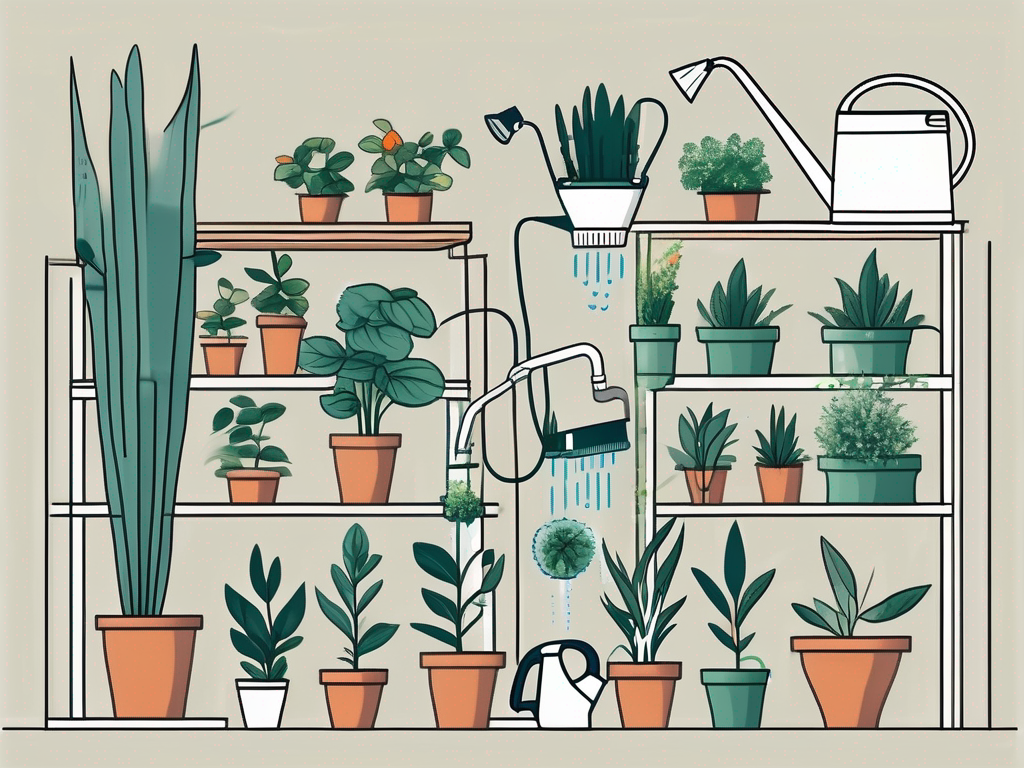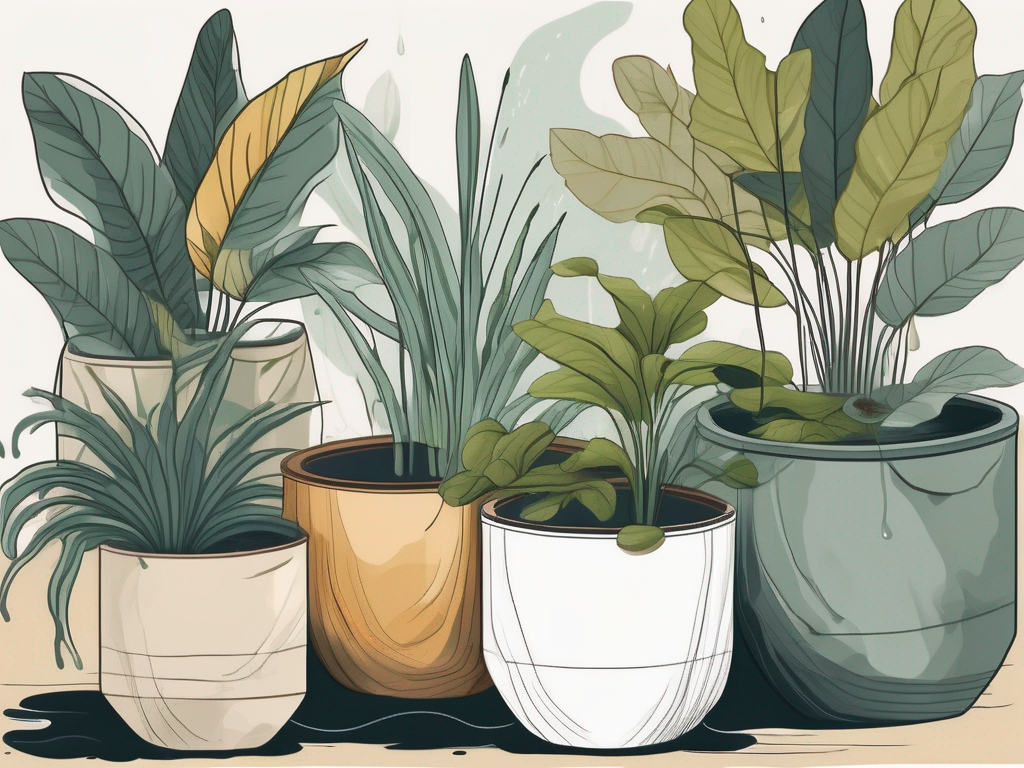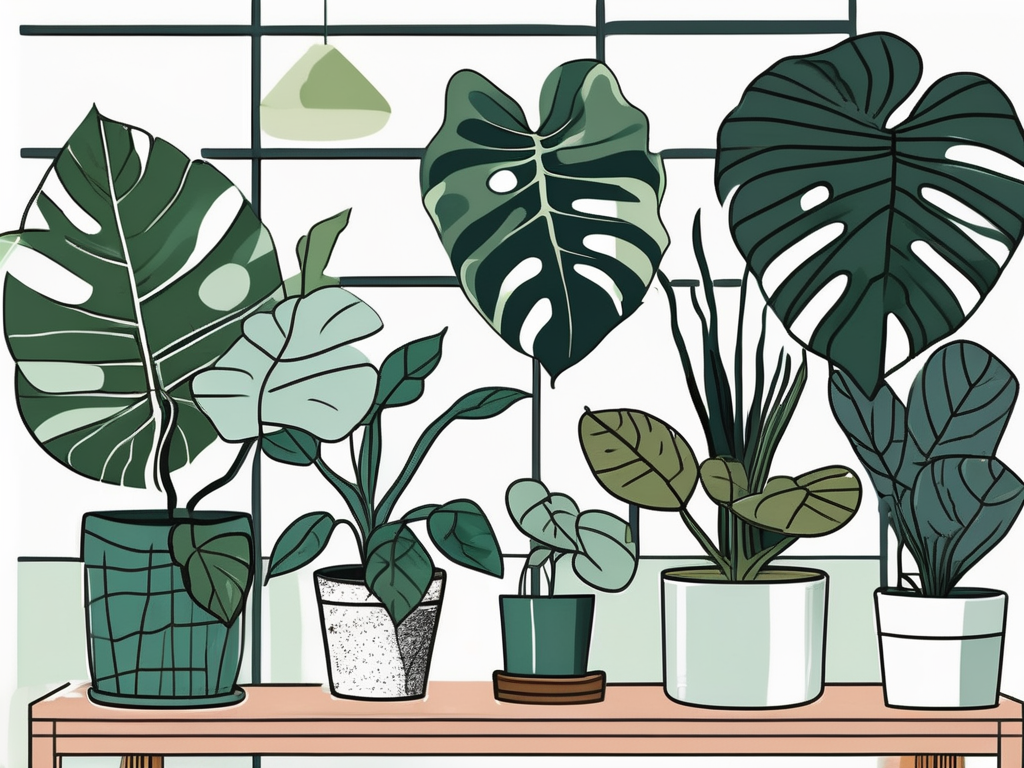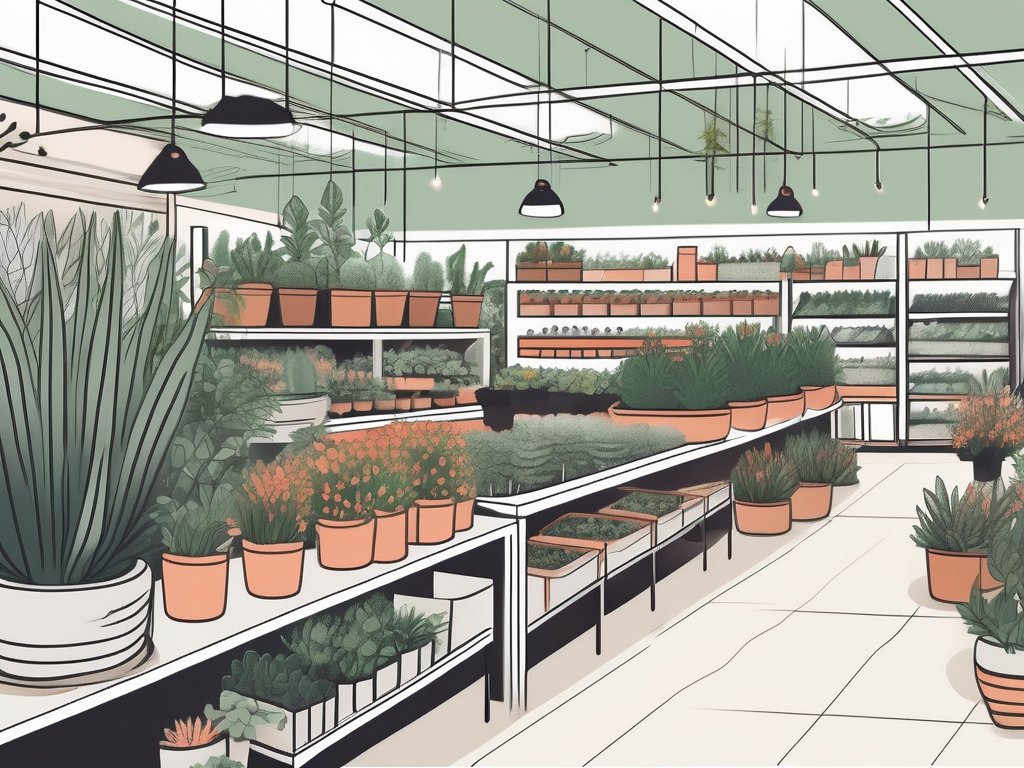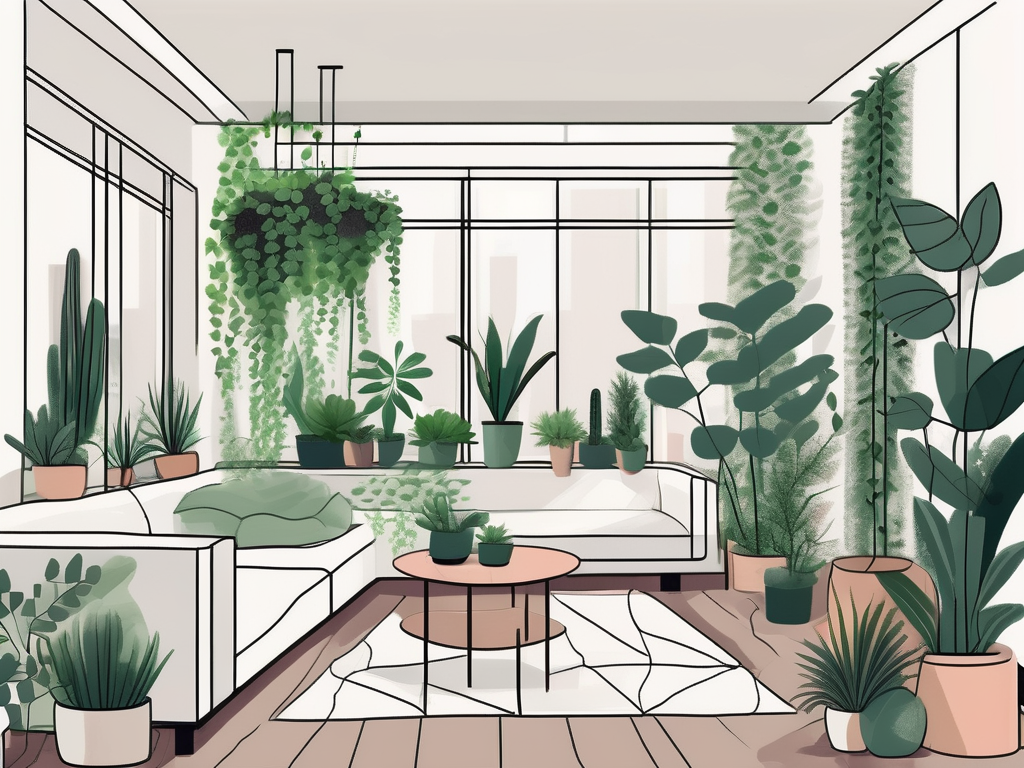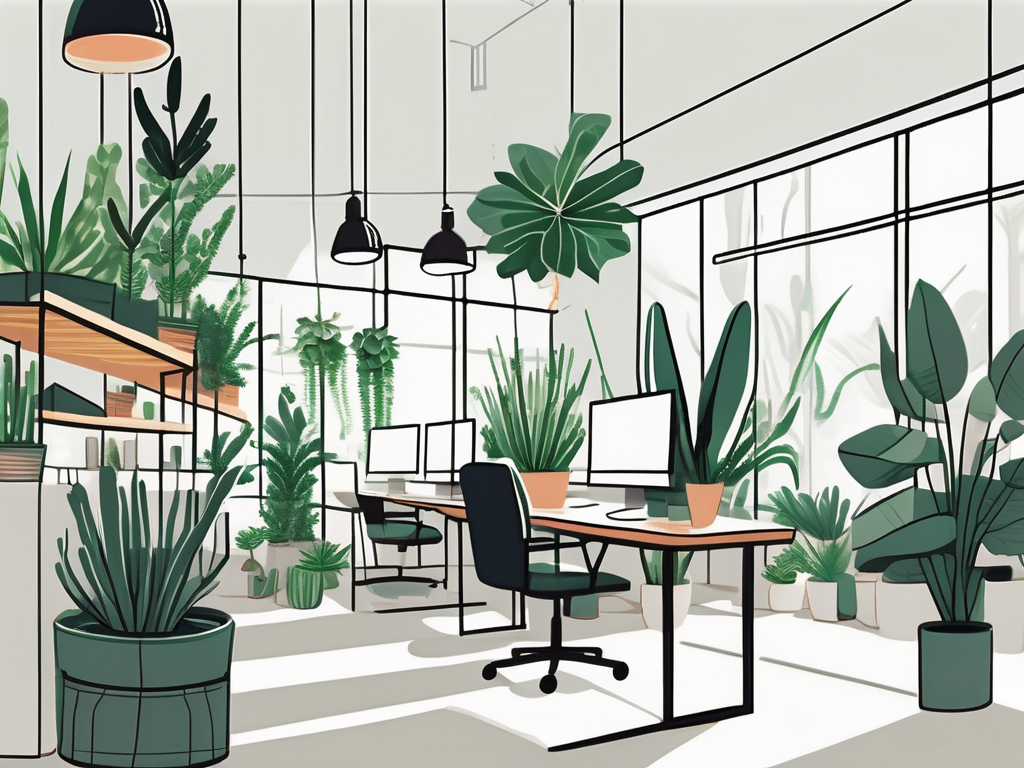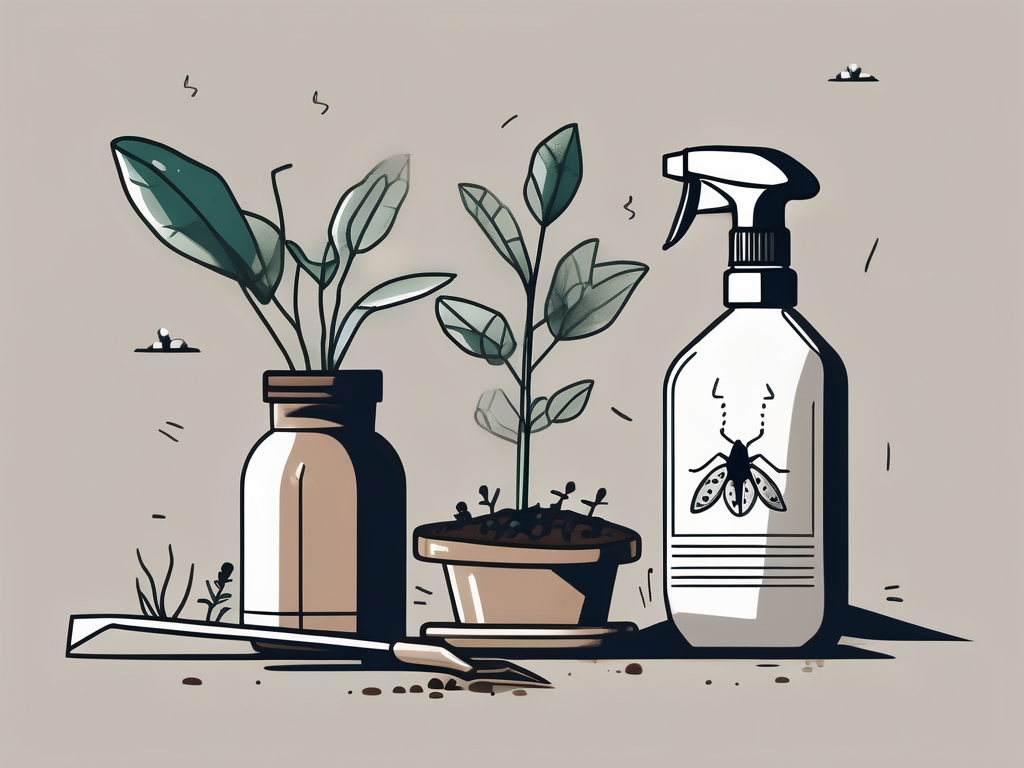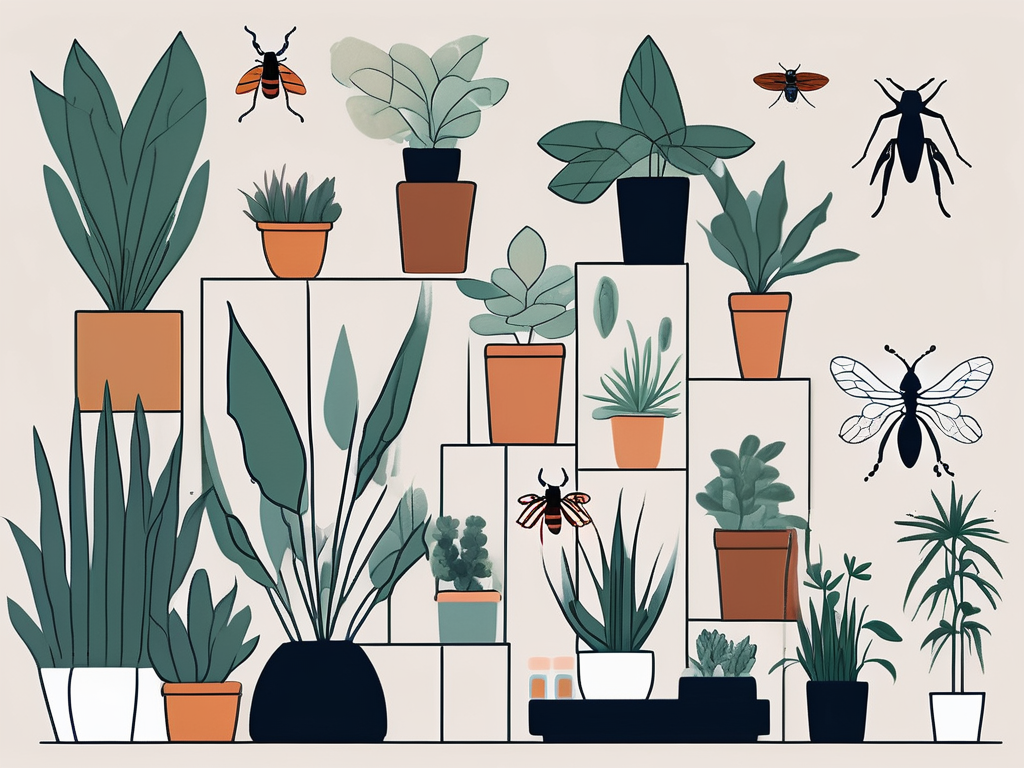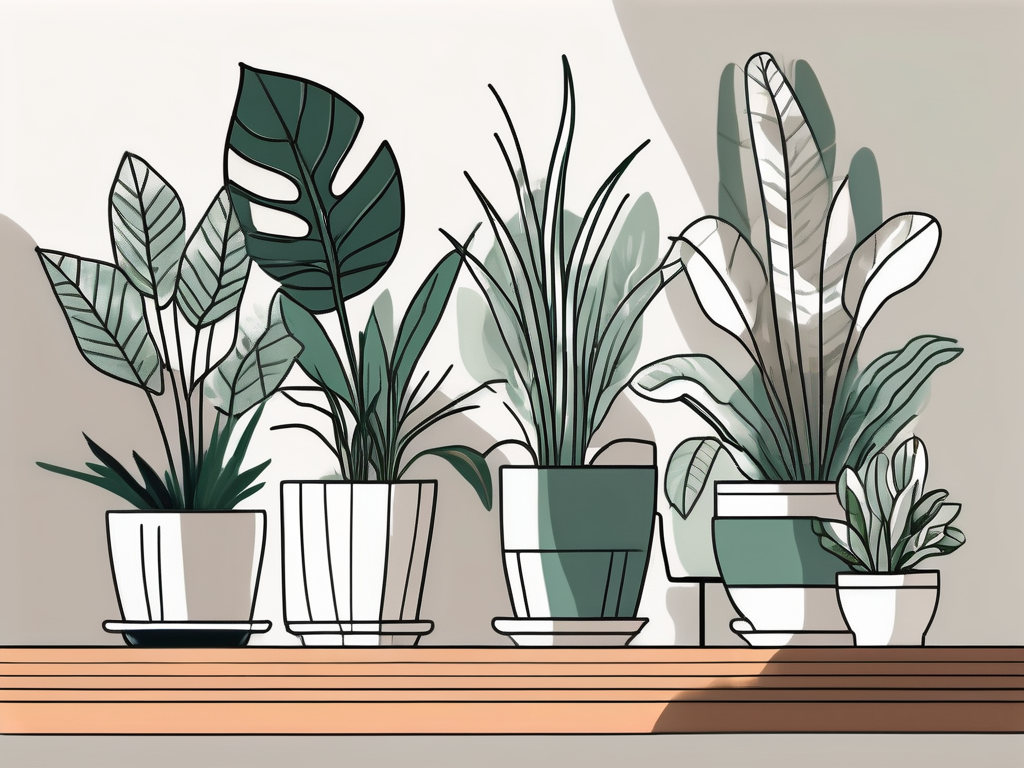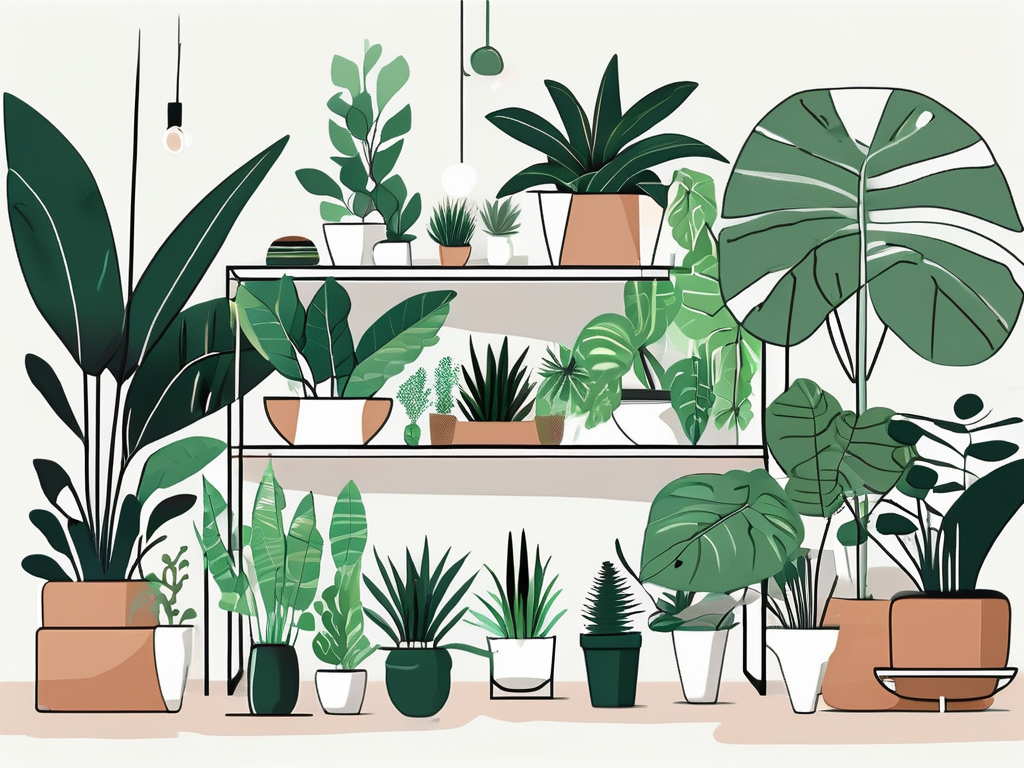
Indoor plants have a magical way of transforming any space into a serene oasis. They don't just add a splash of color and life to your home, but they also improve air quality and boost your mood. Whether you're a seasoned plant parent or a newbie, there's always room for a little more green in your life.
This article is here to guide you through the top 10 indoor plants that can bring vibrancy and joy to your home. From easy-to-care-for beauties to more exotic varieties, we'll cover their unique features, care tips, and how they can fit into your interior design. Let's get started on this green adventure!
1. Snake Plant (Sansevieria)
Snake plants, also known as mother-in-law's tongue, are one of the most resilient indoor plants you can have. Their striking upright leaves make them an excellent choice for those who prefer a minimalist aesthetic. Plus, they're known for purifying the air by removing toxins like formaldehyde and benzene.
Caring for Your Snake Plant
Snake plants are incredibly low maintenance, making them perfect for beginners. Here's what you need to know:
- Light: They thrive in indirect sunlight but can also tolerate low light conditions.
- Water: Water sparingly. Let the soil dry out between waterings to prevent root rot.
- Soil: Use well-draining potting mix, preferably one designed for cacti and succulents.
Interestingly enough, snake plants are nocturnal oxygen producers, which means they release oxygen at night. This makes them a great addition to your bedroom, promoting better sleep.
2. Peace Lily (Spathiphyllum)
The peace lily is celebrated for its lush green leaves and elegant white flowers. It's a fantastic choice if you're looking to add a touch of tranquility to your space. Besides being visually stunning, peace lilies are champions at filtering indoor air pollutants.
Growing Your Peace Lily
Peace lilies are fairly easy to care for, but they do appreciate a little attention:
- Light: Prefers low to medium, indirect sunlight. Avoid direct sun, which can scorch the leaves.
- Water: Keep the soil moist but not soggy. Peace lilies are vocal plants; they wilt when thirsty, so they'll let you know when it's time to water.
- Humidity: They enjoy humidity, so consider misting the leaves occasionally.
On the other hand, peace lilies are mildly toxic to pets, so place them out of reach if you have curious cats or dogs. With the right care, they'll reward you with beautiful blooms and cleaner air.
3. ZZ Plant (Zamioculcas zamiifolia)
ZZ plants are often hailed as the ultimate plant for beginners. Their glossy, dark green leaves are not only attractive but also incredibly hardy. They're practically indestructible, thriving on neglect and adapting to various lighting conditions.
ZZ Plant Care Tips
Here’s how to keep your ZZ plant happy:
- Light: Tolerates low light but grows best in bright, indirect sunlight.
- Water: Allow the soil to dry out completely between waterings. Overwatering is the main threat to ZZ plants.
- Soil: A well-draining potting soil is essential to prevent root rot.
While it's hard to say for sure, some plant lovers believe ZZ plants bring positive energy into a room. Whether you believe in plant magic or not, there's no denying their charm and resilience.
4. Monstera Deliciosa
Monstera, also known as the Swiss cheese plant, is famous for its large, holey leaves. It's a trendy choice for plant people who love making a bold statement. This plant is native to tropical rainforests, which means it loves warmth and humidity.
Caring for Your Monstera
Here's what you need to ensure your monstera thrives:
- Light: Prefers bright, indirect light. Direct sunlight can burn the leaves.
- Water: Water when the top inch of soil feels dry. Overwatering can lead to root rot.
- Humidity: Enjoys high humidity, so a bathroom or kitchen can be an ideal spot, or you can mist the leaves regularly.
Monsteras can grow quite large, so be prepared to give them some space to spread their beautiful leaves. They also benefit from occasional pruning to maintain a tidy appearance.
5. Spider Plant (Chlorophytum comosum)
The spider plant is a classic choice for hanging baskets. Its arching leaves and baby "spiderettes" create a cascading effect that's both charming and easy on the eyes. Plus, spider plants are excellent air purifiers.
Spider Plant Care Tips
Spider plants are forgiving and adaptable. Here's how to care for them:
- Light: They do well in bright, indirect sunlight but can tolerate low light.
- Water: Water moderately, allowing the top inch of soil to dry out between waterings.
- Temperature: They prefer temperatures between 65-75°F (18-24°C).
If you're looking for a plant that's pet-friendly, the spider plant is a safe choice. It's non-toxic to pets, so you won't have to worry about your furry friends nibbling on the leaves.
6. Rubber Plant (Ficus elastica)
Rubber plants are known for their broad, glossy leaves which come in various shades of green and burgundy. They're a fantastic option for adding a dramatic touch to any room. In addition to their striking appearance, rubber plants are great for improving indoor air quality.
How to Care for a Rubber Plant
Rubber plants require a bit more attention than some of the others on this list, but they're worth it:
- Light: Prefers bright, indirect light. Too much direct sunlight can scorch the leaves.
- Water: Keep the soil evenly moist during the growing season, but reduce watering in the winter.
- Humidity: They enjoy a humid environment, so consider placing a humidifier nearby or misting the leaves.
One tip for maintaining their shine is to gently wipe the leaves with a damp cloth to remove dust. This keeps them looking their best and allows them to absorb more light.
7. Pothos (Epipremnum aureum)
Pothos, sometimes called devil's ivy, is beloved for its trailing vines and heart-shaped leaves. It's an excellent choice for beginners due to its tolerance to a variety of conditions. Pothos can be grown in hanging baskets, pots, or even trained to climb a trellis.
Caring for Pothos
Here's a simple guide to keeping your pothos healthy:
- Light: Thrives in a range of lighting conditions, from low light to bright, indirect sunlight.
- Water: Allow the soil to dry out between waterings. Pothos are quite forgiving if you forget to water them occasionally.
- Pruning: Encourage bushier growth by trimming back the vines.
Pothos are also known for their air-purifying qualities, making them an all-around great addition to any home. They're low-maintenance charmers that even the busiest plant parents can enjoy.
8. Philodendron
Philodendrons are versatile plants with a wide variety of shapes and sizes. From trailing vines to upright growers, there's a philodendron to suit every preference. They're known for their lush foliage and adaptability, making them a popular choice among plant lovers.
Philodendron Care Tips
To keep your philodendron thriving, follow these tips:
- Light: Prefers bright, indirect light but can tolerate lower light levels.
- Water: Water when the top inch of soil feels dry. Be careful not to overwater, as philodendrons are susceptible to root rot.
- Temperature: They do best in temperatures between 65-80°F (18-27°C).
Interestingly, some philodendrons have aerial roots, which means they can also absorb moisture from the air. This makes them quite resilient and adaptable to different environments.
9. Aloe Vera
Aloe vera is not only a beautiful succulent but also a handy medicinal plant. Its gel is famous for soothing burns and skin irritations. With its fleshy, spiky leaves, aloe vera can add a touch of the desert to your home decor.
Caring for Aloe Vera
Here's what you need to know to keep your aloe vera healthy:
- Light: Loves bright, indirect sunlight. Too much direct sunlight can cause the leaves to turn brown.
- Water: Water sparingly, as aloe vera stores water in its leaves. Allow the soil to dry out completely between waterings.
- Soil: Use a well-draining cactus or succulent mix to prevent root rot.
Aloe vera is a great choice for sunny spots in your home. Plus, having a natural remedy at your fingertips is always a bonus!
10. Fiddle Leaf Fig (Ficus lyrata)
Fiddle leaf figs are a favorite among interior designers for their large, sculptural leaves. They make a bold statement in any room, adding a touch of elegance and drama. However, they do require a bit more attention than some other houseplants.
How to Care for a Fiddle Leaf Fig
Here's how to keep your fiddle leaf fig thriving:
- Light: Prefers bright, indirect light. Direct sunlight can scorch the leaves, while low light can stunt growth.
- Water: Water when the top inch of soil feels dry. Be cautious of overwatering, as this can lead to root rot.
- Humidity: They enjoy higher humidity, so consider misting the leaves or placing a humidifier nearby.
Fiddle leaf figs can be a bit finicky, but with some dedication, they can become the star of your plant collection. Their stunning foliage is worth the extra effort!
Final Thoughts
Bringing greenery into your home is a fulfilling endeavor that offers both aesthetic and health benefits. Whether you're drawn to the easy-going snake plant or the elegant fiddle leaf fig, there's an indoor plant for everyone. Remember, a little care and attention can turn your home into a vibrant, living sanctuary.
At Cafe Planta, we're passionate about helping you find the perfect plants for your space. Our selection ranges from popular favorites to unique finds. Feel free to reach out with any plant care questions via email or connect with us on Instagram. We're excited to share our love of plants and help you create a thriving plant collection in your home.

